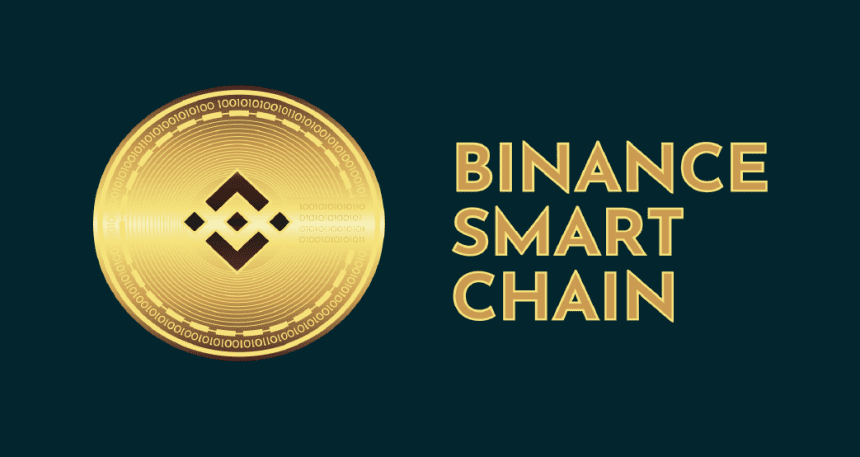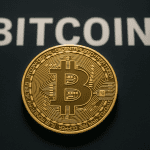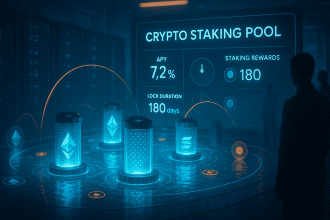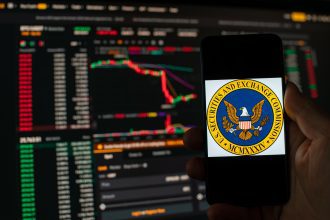The lawsuit targeting Binance over alleged terror-financing activities has become one of the most talked-about legal battles in the crypto world, and it is reshaping how regulators and the public view centralized exchanges. At its core, the case claims that Binance helped enable more than a billion dollars in transactions connected to Hamas, Hezbollah, PIJ, and Iran’s IRGC. That staggering number is only the beginning, because the lawsuit is filed under the U.S. Anti-Terrorism Act, which allows any damages awarded to be automatically tripled. In practical terms, if a jury were ever to award one billion dollars in damages, the total owed would jump to three billion instantly. For 306 American families who were victims or relatives of victims of the October 7 attacks, this case represents an attempt to hold financial intermediaries accountable for aiding violent groups, even indirectly.
The complaint is enormous, nearly three hundred pages long, and outlines a narrative that goes far beyond the simple claim that “bad actors used Binance.” Instead, the plaintiffs argue that the exchange knowingly built systems that allowed sanctioned groups to move funds with far less risk of detection. They point to internal messages, compliance weaknesses, VIP programs, and past government settlements as proof that Binance understood who was using its platform but did not take the required steps to stop it. This is what makes the case especially serious. The issue is not whether some terrorists happened to touch the exchange, which happens to nearly every financial platform in the world. The issue is whether Binance’s internal structure and decisions created an environment where high-risk clients could thrive and operate freely.
One of the foundations of the lawsuit is the enforcement action Binance faced in 2023, when the company paid more than four billion dollars in penalties to U.S. agencies like FinCEN and OFAC. That settlement revealed that Binance had not filed a single suspicious activity report during its early years, even though the company served millions of global users and processed billions in value every day. Regulators found that Binance directly facilitated transactions linked to Hamas, Al-Qaeda, ISIS, and other designated terrorist groups. Those findings were part of an official settlement, not speculation, and they now appear repeatedly in the new complaint as proof of Binance’s awareness. Because Binance already admitted to certain compliance failures, plaintiffs argue that the exchange can no longer claim ignorance about risks tied to specific clients or jurisdictions.
Central to the case are technical details about how centralized exchanges operate. Most people trading on Binance never think about how their deposits are handled. They simply see balances, charts, and trading screens. But behind the scenes, exchanges operate with omnibus wallets, which means that user funds flow into large shared wallets controlled by the company. Trades then settle internally on a private ledger, rather than on the blockchain. This structure provides convenience and speed, but it also creates opacity. Plaintiffs argue that this internal ledger became a kind of hidden pipeline, allowing risky funds to circulate between accounts without the kind of transparency that exists on public blockchains. Combined with claims that certain VIP clients were given extra privileges and that some traders were encouraged to hide their locations, the lawsuit paints a picture of an exchange that, intentionally or not, created an environment where illicit actors could move money more safely.
Similar cases have appeared in the past, but most of them were dismissed because they involved social-media companies rather than financial platforms. In the 2023 Supreme Court case Twitter v. Taamneh, the court ruled that platforms offering ordinary, generic services cannot be held liable for terrorists using those services unless the company knowingly assisted or encouraged the acts. Crypto exchanges, however, exist in a very different regulatory environment. Unlike posting a message on Twitter, sending money through an exchange is directly tied to financial compliance, Know-Your-Customer rules, and anti-money-laundering obligations. The new Binance lawsuit attempts to argue that the exchange was not providing ordinary services but instead designed systems that played a meaningful role in how terrorist organizations transferred value.
The plaintiffs also rely on a growing body of on-chain analysis, which tries to trace blockchain activity linked to terrorist-associated wallets. While on-chain data alone rarely proves intent, the combination of blockchain records, Binance’s past compliance failures, and its own internal communications makes this case stronger than earlier attempts to sue crypto companies under anti-terrorism laws. In an earlier 2025 case, Raanan v. Binance, another federal judge allowed JASTA claims to proceed past the initial dismissal stage, signaling that courts may be more open to hearing these kinds of allegations when strong forensic data is involved. This new lawsuit builds on that momentum.
The involvement of major law firms also signals the seriousness of the case. The families are represented by Willkie Farr & Gallagher, a firm that includes former government ambassadors, national security experts, and even former CFTC Chairman J. Christopher Giancarlo. When heavyweight lawyers who understand both national security and digital assets take on a case like this, it suggests that they see genuine legal grounding. This is not a publicity stunt but a strategic attempt to expand the boundaries of liability for crypto intermediaries.
Whether or not the lawsuit ultimately succeeds, its effects are already spreading through the industry. Banks have been distancing themselves from exchanges with compliance issues, and Binance.US has already lost access to important dollar rails. Liquidity has become more fragmented, and token pairs that once enjoyed deep markets have thinned. Every major exchange now faces pressure to reevaluate its KYC rules, its internal controls, and its approach to high-risk jurisdictions. Even decentralized exchanges may feel the ripple effects as regulators explore ways to link liability to front-end operators or interface providers.
For ordinary traders, the immediate impact may be increased friction. Exchanges are likely to adopt stricter KYC procedures, more withdrawal checks, more risk scoring, and less tolerance for location obfuscation or anonymous activity. Some traders may shift to regulated products like spot Bitcoin ETFs, which provide exposure without the risks of using offshore exchanges. Others may turn to decentralized platforms, though those platforms face their own evolving regulatory challenges.
This lawsuit marks a turning point for the crypto industry. The era when exchanges could prioritize growth and overlook compliance is ending. Governments are increasingly treating major centralized exchanges as critical financial infrastructure, not experimental tech platforms. With that recognition comes greater accountability. Whether Binance fights this lawsuit for years, settles it, or sees parts dismissed, the long-term consequences for crypto compliance culture will be profound. Centralized exchanges will have to evolve or risk becoming the next target of high-stakes litigation. And as investors and users watch this case unfold, the entire ecosystem will be forced to confront a simple truth: in crypto, financial freedom must always travel alongside responsibility.




















